Previous Posts
One of those tricky, but necessary, concepts in statistics is the difference between crossed and nested factors. As a reminder, a factor is any categorical independent variable. In experiments, or any randomized designs, these factors are often manipulated. Experimental manipulations (like Treatment vs. Control) are factors. Observational categorical predictors, such as gender, time point, poverty […]
In statistical practice, there are many situations where best practices are clear. There are many, though, where they aren’t. The granddaddy of these practices is adjusting p-values when you make multiple comparisons. There are good reasons to do it and good reasons not to. It depends on the situation. At the heart of the issue […]
There are not a lot of statistical methods designed just to analyze ordinal variables. But that doesn’t mean that you’re stuck with few options. There are more than you’d think. Some are better than others, but it depends on the situation and research questions. Here are five options when your dependent variable is ordinal.
In many repeated measures data situations, you will need to set up the data different ways for different parts of the analyses. This article will outline one of the issues in data set up: using the long vs. the wide data format.
Interactions in statistical models are never especially easy to interpret. Throw in non-normal outcome variables and non-linear prediction functions and they become even more difficult to understand.
Learning Multilevel Models is hard enough. Even worse if you don't have a good background in linear regression. This article outlines 4 must-know concepts.
Standard deviation and standard error are statistical concepts you probably learned well enough in Intro Stats to pass the test. Conceptually, you understand them, yet the difference doesn’t make a whole lot of intuitive sense. So in this article, let’s explore the difference between the two. We will look at an example, in the hopes […]
Most survival analysis models for time-to-event data, like Cox regression, assume independence. The survival time for one individual cannot influence the survival time for another. This assumption doesn’t hold in many study designs. You may have animals clustered into litters, matched pairs, or patients in a multi-center trial with correlated survival times within a center.
When you hear about multilevel models or mixed models, you very often think of a nested design. Level 1 units nested in Level 2 units, which are in turn possibly nested in Level 3 units. But these variables that define the units and that become random factors in the model can, in fact, be crossed […]
There’s no mincing words here. Missing values can cause problems for every statistician. That’s true for a lot of reasons, but it can start with simple issues of choices made when coding missing values in a data set. Here are a few examples. Example 1: The Null License Plate Researcher Joseph Tartaro thought it would […]

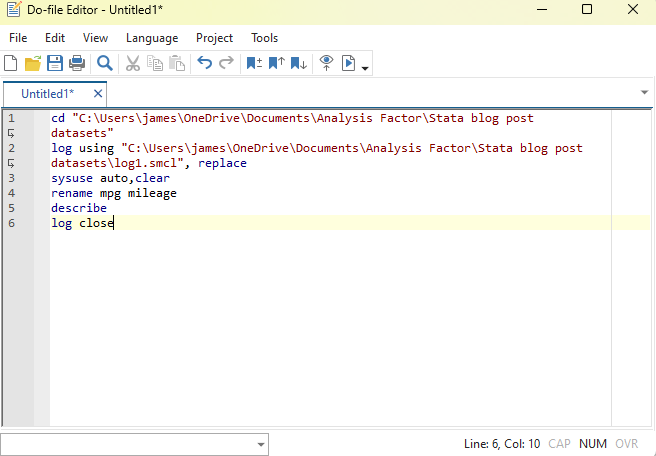
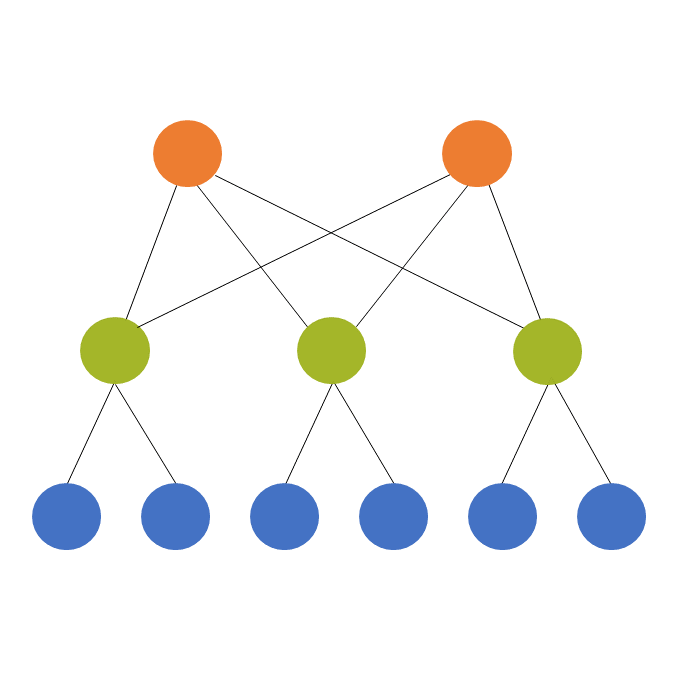

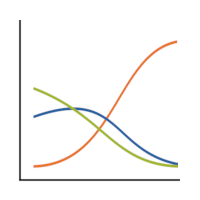

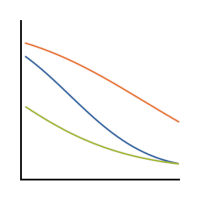
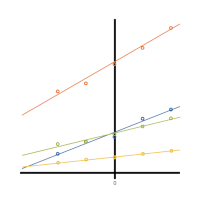
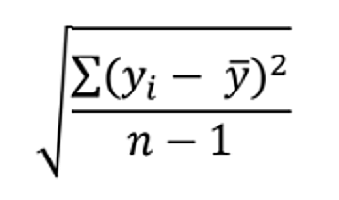
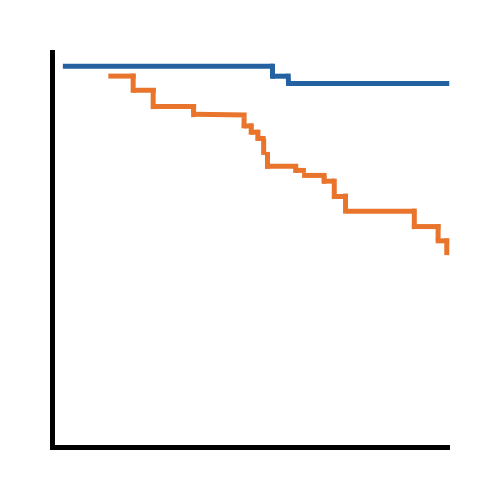


 stat skill-building compass
stat skill-building compass